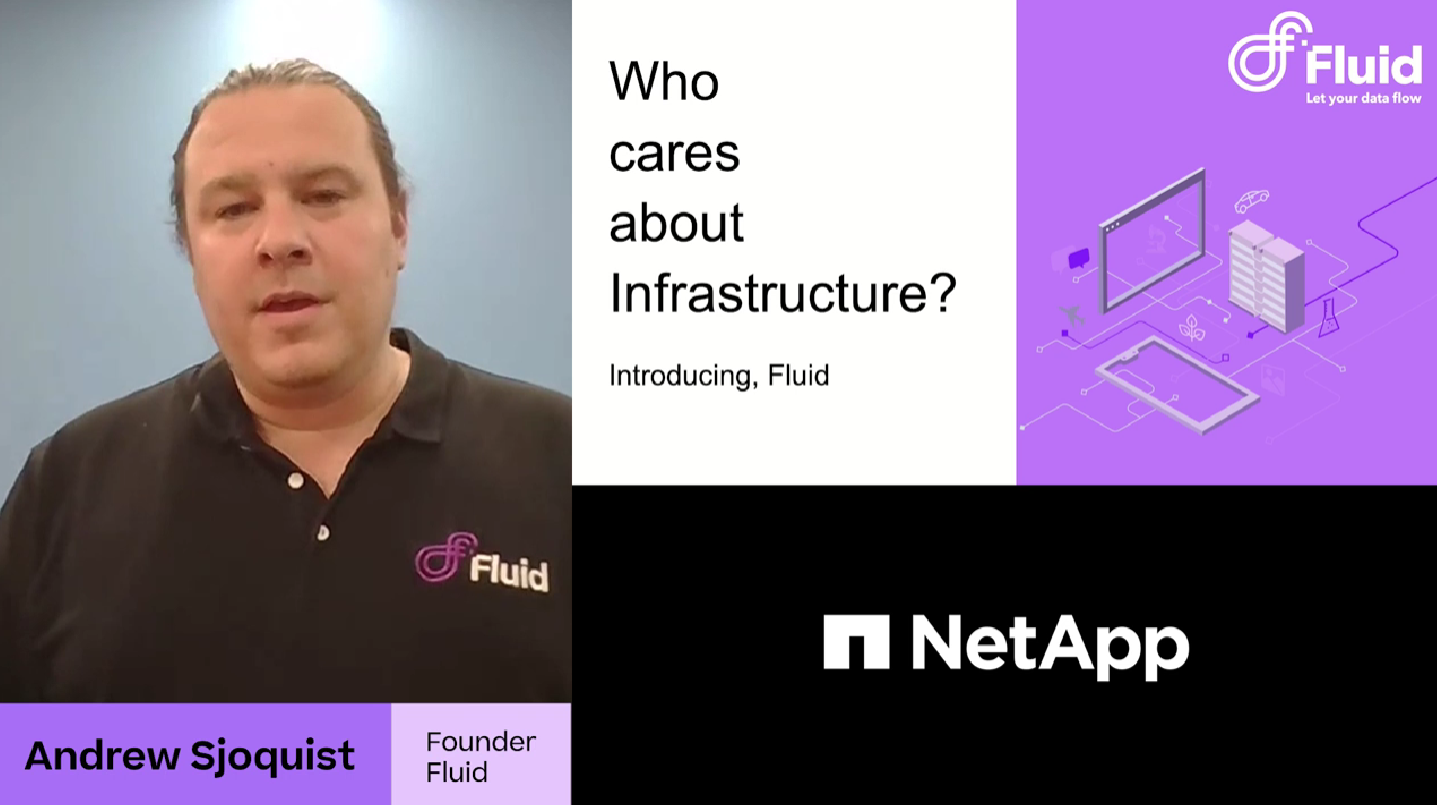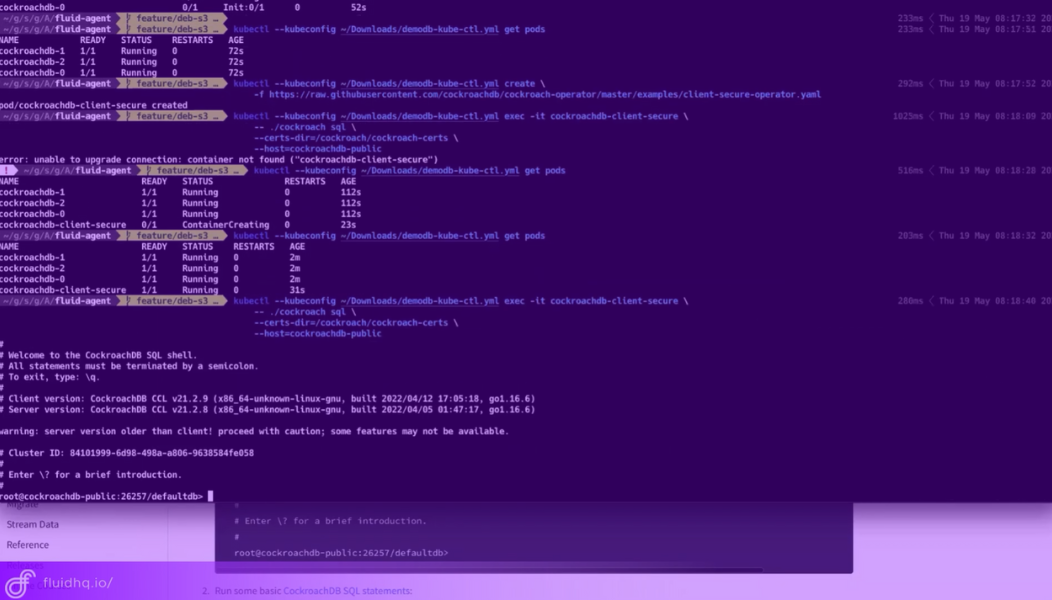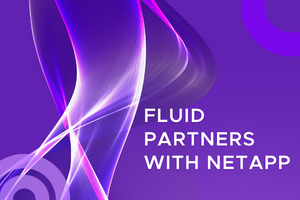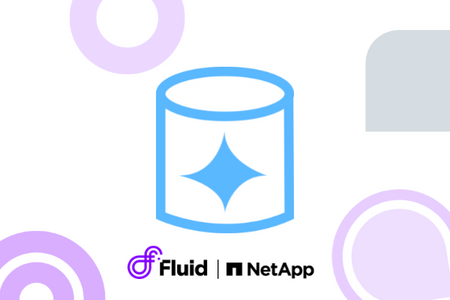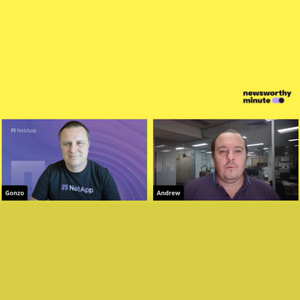Cloud manager
(2-3 minute read)
Fluid, one of Australia’s leading technology companies and a partner of NetApp’s Unified Partner Program, has collaborated with NetApp, a global, cloud-led, data-centric software company, to deliver a new customised modular cloud service to the global marketplace, launched on NetApp Cloud Manager.
Fluid is an automation & orchestration platform for connected networking, smart storage & collaborative compute, that takes lengthy operations down to just minutes at the push of a button. The technology leverages Kubernetes to ensure a solid base for a scalable multi-cloud or hybrid-cloud solutions. Fluid allows for the instant creation of Kubernetes clusters and virtual machine workloads on physical hardware; backed by modern, cloud-scalable networking and storage, all managed from the single pane of glass that is the Fluid Cloud Manager Dashboard.
“Congratulations to the team at Fluid on the development of such an innovative solution to bring to market through NetApp Cloud Manager,” said Neville James, Director of Channel & Alliances, NetApp Australia and New Zealand. “The market is demanding support on their digital transformation journey to transition to a more agile, modern, and hybrid-cloud architecture. NetApp partnering with Fluid provides a unique technology to support our customers’ data management.”
Fluid Founder, Andrew Sjoquist said, “We are thrilled that Fluid has earned its place in NetApp Cloud Manager. We have been working on this project in conjunction with teams across the NetApp organisation, working on a secret sauce that enables the quickest and most flexible networking that you will find, along with a robust, Kubernetes-powered edge compute solution. It’s a fantastic solution for our clients, for NetApp partners, and anyone looking for a better way in their technology projects.”
One of the brilliant benefits of Fluid is its speed and simplicity. With built-in networking orchestration, building and deploying diverse environments becomes the work of a sole operator, rather than multiple project groups. Fluid allows all the elements in building, configuring, and deploying a multi-cloud, multi-location, geographically diverse environment to be completed in a single step – in just minutes.
Fluid allows unparalleled flexibility by deploying its operating system across the integrated infrastructure it provisions. Additionally, Fluid eliminates the need for expensive third-party software components, – such as licensed, legacy hypervisors, simplifying application cluster management, and greatly reducing cost overheads.
Fluid takes bare-metal infrastructure and, in a few clicks or API calls, builds an environment ready for workloads to be deployed as containers or virtual machines. Fluid can run Google Anthos (Fluid is Anthos ready) concurrently or separately to other management platforms such as Rancher and Red Hat OpenShift.
The platform can run these environments side by side on the same hardware, enabling the most efficient use of a company’s infrastructure.
Fluid integration achieves faster time to market, competitive advantage, cost savings, and improved project execution & efficiency.

